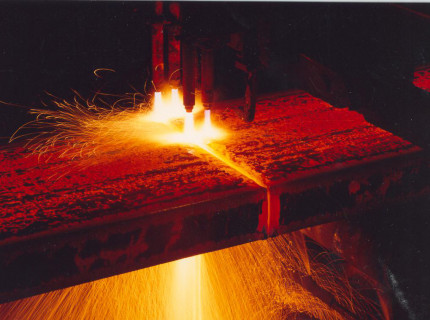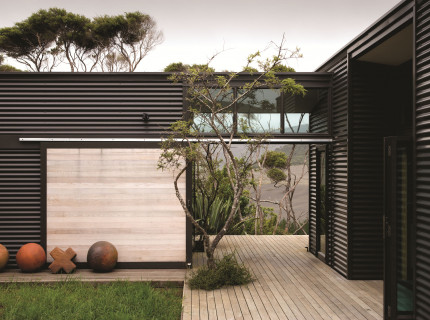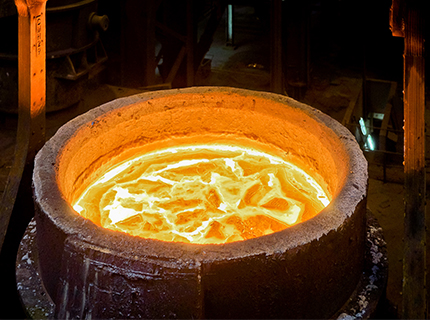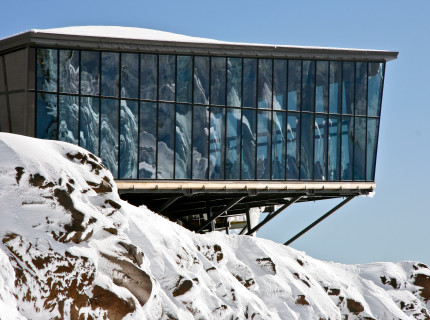Reducing Noise from the Industrial Site
Steelmaking and processing produces noise and much effort has been put into minimising the levels of noise from the site by integrating acoustic design with process design and plant layout. Silencers are used on air intakes and waste gas fan exhausts in the iron and slabmaking plants. Thermal insulation, such as refractories and lagging, also serve to reduce noise. Very high noise sources are located in special acoustic structures. Other measures to control noise include limiting the hours when the company's landfill can be operated to avoid the noise of large vehicles disturbing close neighbours. The Auckland Council sets the noise standards for the steel mill. Every three months noise control equipment is set up at six monitoring stations - set at a 1,200 metre radius from the steel mill - to measure the level of noise in the area. Noise monitoring is done at night as this is the time when weather conditions are most stable and people are most likely to be affected. The average night-time noise level around the steelmaking plant is set at 45 decibels - this is the same level as that of a typical suburban area. Daylight noise levels are set slightly higher and are also typical of an urban area.



